New Nissan Qashqai Debuts Overseas, Previews 2022 Rogue Sport

Get used to that face: this year’s Rogue Sport should match the European Qashqai, which offers two electrified drivetrains.
Nissan Europe predicted the globe’s love of crossovers when it replaced the unloved Almera car with the original Qashqai in 2007. Earlier today the Japanese brand debuted the third-generation model for overseas markets, largely previewing what we can expect for the Rogue Sport later this year. (Canada keeps the Qashqai name.)
SEE ALSO: 2021 Nissan Rogue Review: First DriveIt’s impossible to ignore the sharp new looks, a welcome departure from the solid if safe looks of the current model. The brand’s V-Motion grille sits front and center, flanked by thin, clamp-shaped LED headlights not unlike the 2022 Pathfinder. Vertical intakes just below the outer edges of the headlights mirror the styling on the upcoming electric Ariya, too. Clean lines across the sides lead to wide taillights out back, with a contrasting lower bumper and the usual Nissan “floating roof” design rounding out the look nicely. Paired with wheels as large as 20 inches, the Rogue Sport should look pretty darned good when it arrives here later this year. The “Qashqai” stamped into the bodywork just aft of the headlights will have to change, though. Hopefully we get all 11 exterior colors, including the five two-tone options.
The changes run more than skin-deep, too. Underneath, the Qashqai uses the same CMF-C platform that sits under the Rogue, and the now-related 2022 Mitsubishi Outlander. It’s slightly bigger in every direction, with an 0.8-inch (20-mm) increase in in wheelbase as well for added interior space. Like its big brother, the Qashqai’s rear doors open extra-wide, to a full 90 degrees. Nissan has included more lightweight materials in the third-gen model—shedding over 130 lb (60 kg)—while more modern welding and stamping processes increase rigidity by 41 percent. The company says this should make the Qashqai a more engaging and more comfortable drive. Front-drive models stick to a torsion beam rear suspension, while AWD models use a multi-link setup.
SEE ALSO: Subaru Crosstrek vs Mazda CX-30 ComparisonMore dramatic changes happen in the engine bay. At launch, the Qashqai will come equipped with 1.3-liter turbo engine, joined to a 12-volt mild hybrid system. The system comes in two power levels: 138 hp with 177 lb-ft, or an uprated 156 hp with 192 lb-ft. A six-speed manual handles shifting duties, which we doubt will be the case on this side of the pond. A CVT is also available, because this is Nissan we’re talking about.
An e-Power version is also available. The catch here is that the gasoline engine doesn’t power the wheels itself: only the electric motor does. The 1.5-liter four-pot generates the electicity for the motor, which is rated at 187 hp and 243 lb-ft. It’s front-drive only, with the ability to run in one-pedal mode.
SEE ALSO: 2022 Mitsubishi Outlander Debuts With New Bones, Class Leading FeaturesNissan has crammed a welcome suite of tech into the new Qashqai. A 12.3-inch digital instrument panel is available, plus a 9.0-inch touchscreen, which includes wireless Apple CarPlay and wired Android Auto. A 10.8-inch, full-color head-up display (HUD) is also available, while the latest ProPilot suite of driver assistance systems is standard. The interior itself gets a full makeover with higher-quality materials, a blocky shifter a la Rogue, and even available massaging front seats.
How much of the Qashqai experience will make its way over here remains to be seen. The compact SUV will go on sale this summer in Europe; expect the North American debut soon.
Become an AutoGuide insider. Get the latest from the automotive world first by subscribing to our newsletter here.

Kyle began his automotive obsession before he even started school, courtesy of a remote control Porsche and various LEGO sets. He later studied advertising and graphic design at Humber College, which led him to writing about cars (both real and digital). He is now a proud member of the Automobile Journalists Association of Canada (AJAC), where he was the Journalist of the Year runner-up for 2021.
More by Kyle Patrick



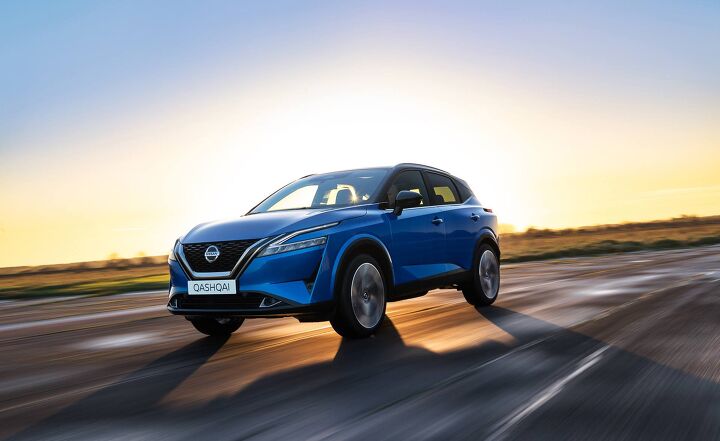

















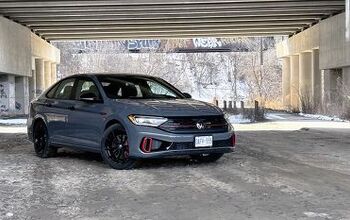

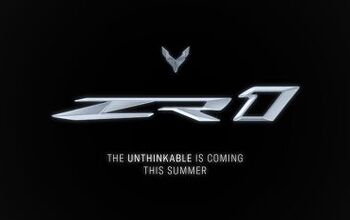




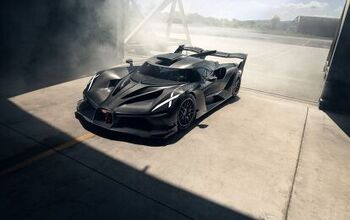


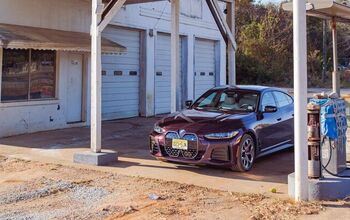



Comments
Join the conversation